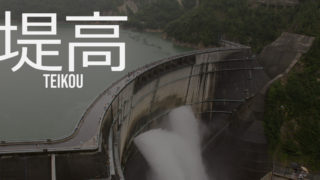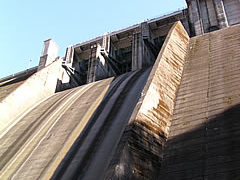 alphabet
alphabetspeak ill of
[The word "discharging" is a term used by dam enthusiasts to indicate that water is being discharged from a dam. Originally derived from the English word "discharge," meaning discharge. It was proposed by Masaki Hagiwara on Twitter. The word "dam" means "dam discharging," and "crest gate discharging.



